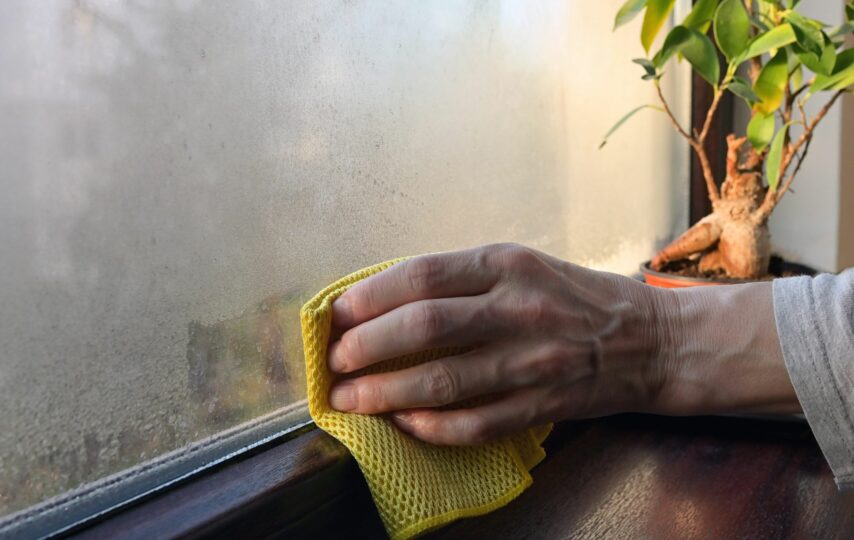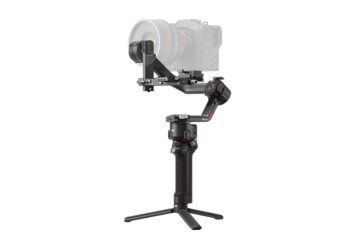Condensation on windows during the wintertime after windows replacement is a sign of poor interior air quality brought on by inadequate ventilation. This excessive moisture buildup can cause mold on windows, which will deteriorate the wood and degrade frame finishes.
You can prolong the life of your windows and improve indoor air quality by proactively addressing window condensation. This emphasizes the importance of encouraging adequate ventilation techniques and preserving the best possible interior air quality during the winter. Here are Tips to prevent sweating after windows replacement.
- Always Keep Shades, Blinds, Shutters, And Covers Closed
Eliminating inner insect screens from casement windows will improve airflow around the glass and help prevent window condensation during the winter.
Removing all window screens from your house during the winter is advised, but it mainly works if you’ve had a windows replacement project to avoid the challenges of old leaking windows.
Before summertime arrives, it’s crucial to remember to reinstall these screens. This strategy helps to ensure a healthier and cozier indoor atmosphere by encouraging better airflow around the windows and reducing condensation.
- Remove Screens During Winter
the second recommendation is to remove the internal bug screens from casement windows to allow for more ventilation around the glass. During the winter, this technique might be especially helpful in reducing window condensation.
For the winter, removing all window screens from your house is generally advised. It’s important to remember that these screens must be fitted again before the start of summer.
By implementing this technique, you can improve the airflow around the windows, which can lessen the possibility of condensation formation and provide a healthier indoor atmosphere.
- Always Ensure There Is Sufficient Ventilation
Utilizing exhaust fans when cooking, taking a shower, or taking a bath is a valuable strategy for reducing moisture in the air. Keeping these fans running for at least 15 to 20 minutes is advised even after these tasks are finished.
Utilizing exhaust fans regularly improves the ventilation in your home, effectively removing damp air and preventing its buildup. Additionally, if your home was built with airtight characteristics, you can increase ventilation by modestly opening windows and using exhaust fans more frequently, especially in the kitchen and bathroom.
This procedure makes it easier to switch out stale indoor air for outside air that is fresher and more beneficial. It’s crucial to remember that using this technique in the winter may result in higher heating bills because warm air is lost, and cold incoming air from open windows must be heated.
- Use A Ventilator To Recover Heat
Using a heat recovery ventilator is a clever method of bringing fresh air into your home while retaining a sizable percentage of the heat from the stale air that is being expelled.
These systems combine a built-in heat exchanger mechanism with fan-driven ventilation. This inventive setup makes it possible to remove between 75 and 85 percent of the heat from the stagnant air before it is vented outside.
As a result, the heating system in your home is spared from having to work too hard to warm the entering fresh air. In essence, the HRV helps to efficiently exchange heat between entering and departing air streams, improving indoor air quality without reducing your home’s comfort or energy efficiency.
- Use Weather Stripping
Weatherstripping is undoubtedly an efficient way to stop warm inside air from being pulled to windows and escape. Weatherstripping functions as a barrier that prevents the flow of air and aids in maintaining a more constant indoor temperature by plugging up cracks and openings around windows.
This dramatically improves the overall energy efficiency of your home while also reducing condensation buildup on window surfaces, which can result in problems like mold growth and damage.
Weatherstripping, which keeps essential heat inside during the colder months, minimizes the need for excessive heating and, as a result, lowers energy expenditures. In the same way, during the warmer months, it stops unwelcome heat from entering your home, lessening the demand for cooling systems and encouraging energy savings.
By using weatherstripping on your replacement windows, you’re actively reducing your carbon footprint and overall energy consumption and making efforts to create a more comfortable and controlled indoor atmosphere.








